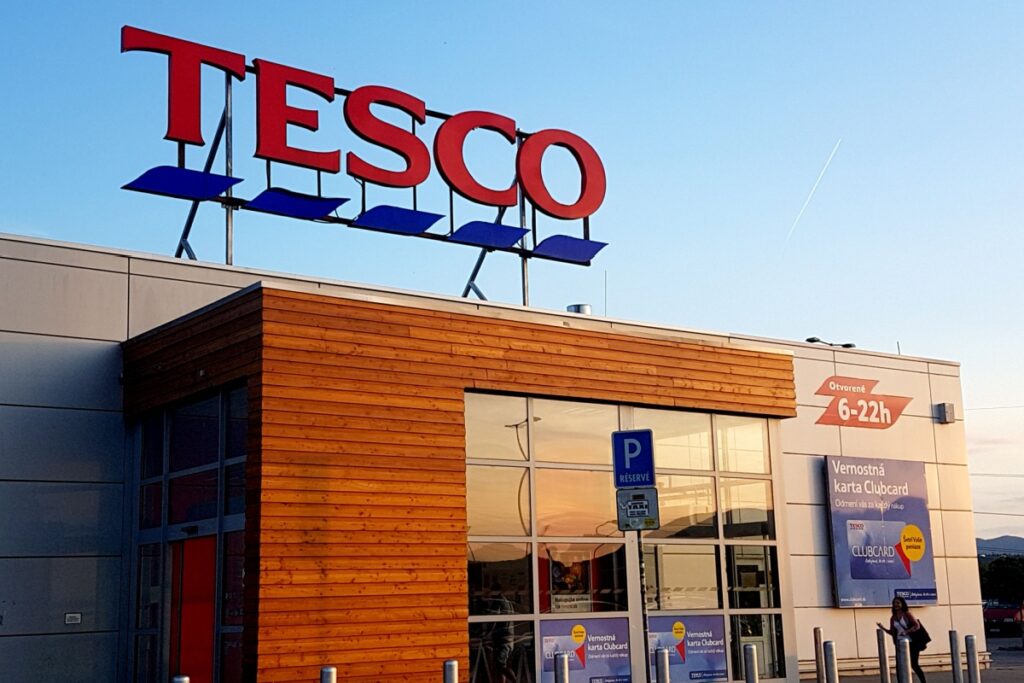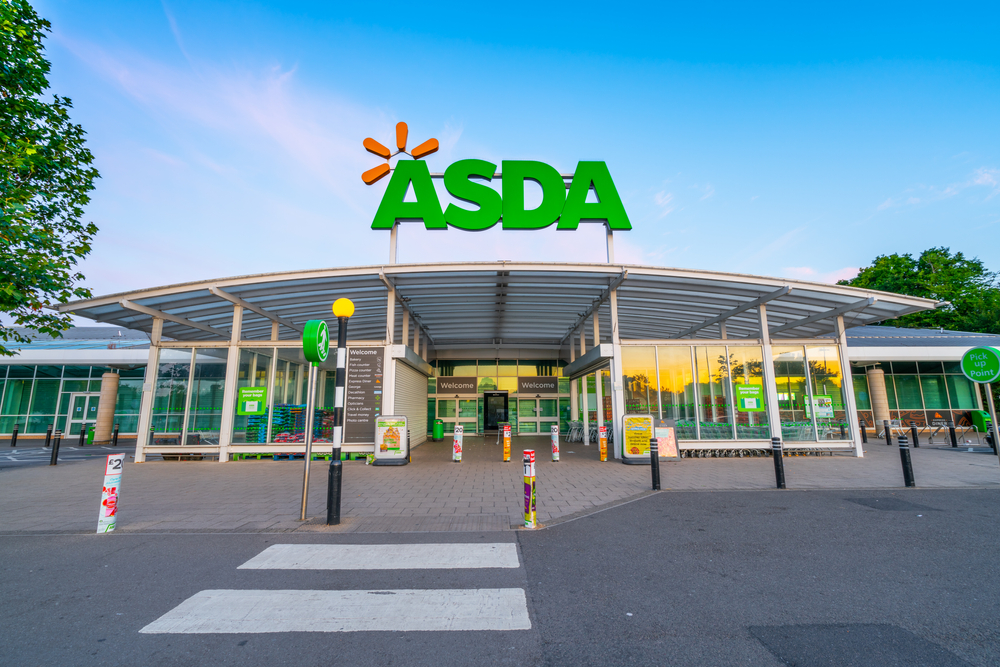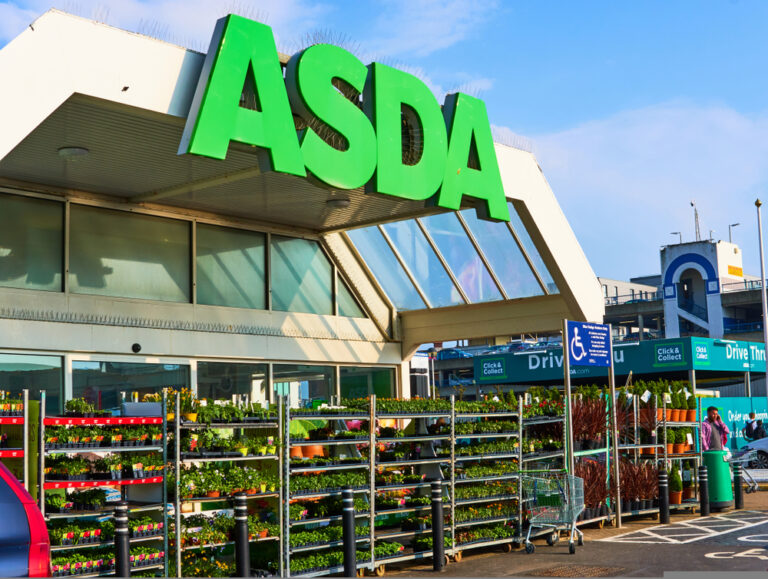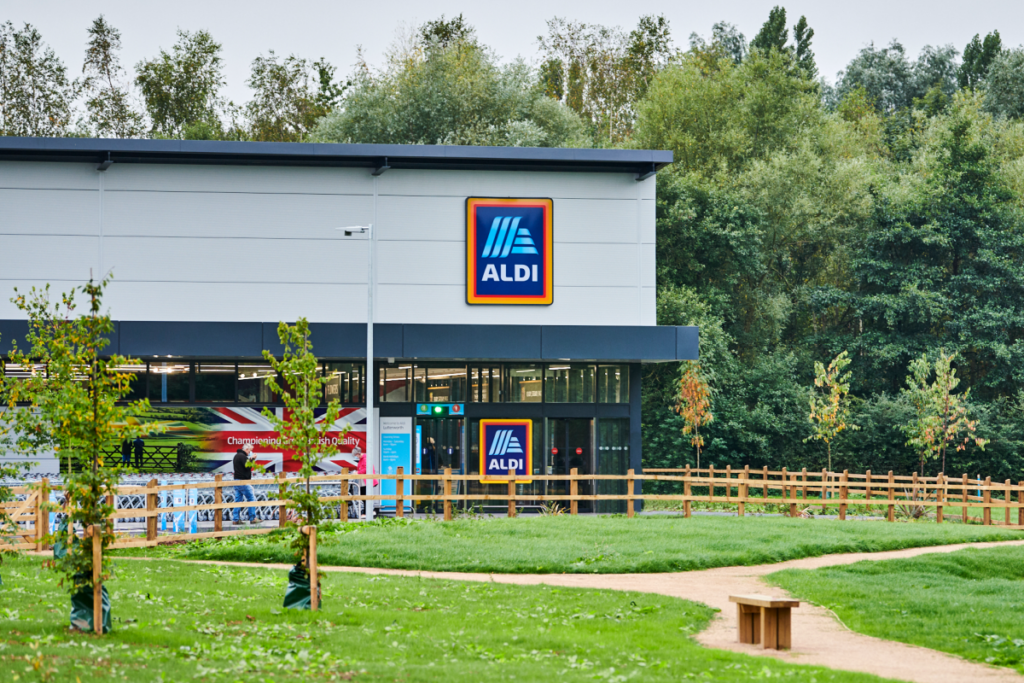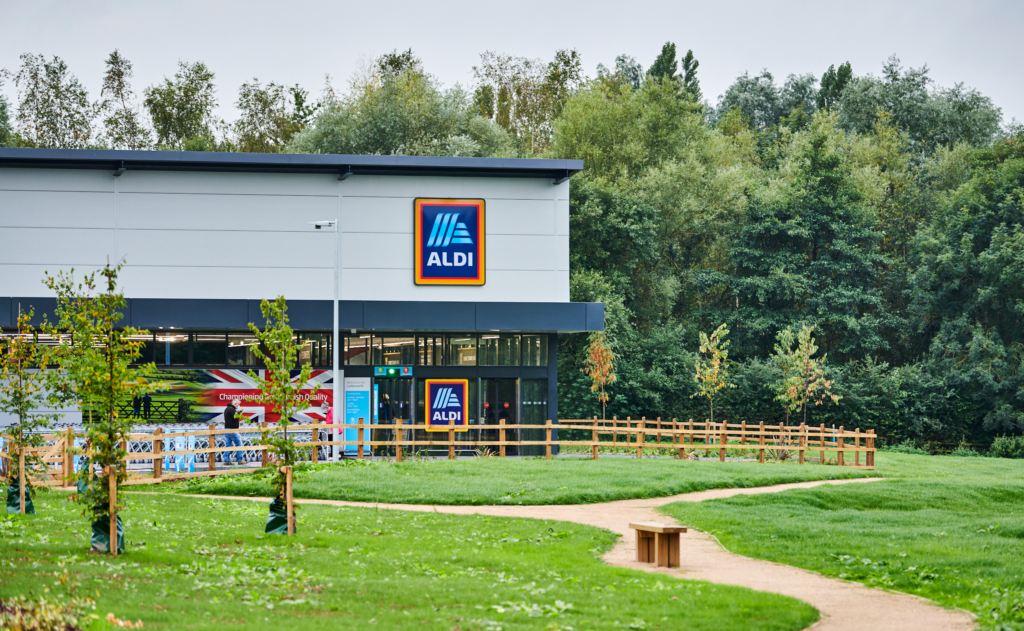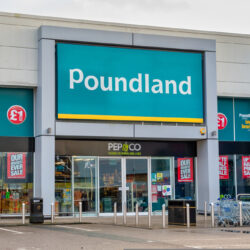Sainsbury’s stellar food performance was central to the supermarket beating expectations this week – and it has high hopes for the year ahead as it eyes £1bn of retail profit.
Sales jumped an impressive 9.4% in its grocery business in its year to 2 March.
CEO Simon Roberts says: “We said we’d put food back at the heart of Sainsbury’s and that’s what we’ve done. Our food business is firing on all cylinders.”
“We’re determined…to become the first choice for food.”
Retail Gazette takes a look at the reasons behind Sainsbury’s booming food business below.
1. Nectar Prices
“Nectar has delivered ahead of our plan this year,” said the supermarket.
A big reason behind this its Nectar Prices member pricing scheme, which launched one year ago, and have really boosted the supermarket’s value credentials.
Around 7,000 products are now included in the initiative.
Roberts says: “What’s really clear is customers absolutely love Nectar, they really see the benefits.”
He notes that the retailer has seen more than 5,000 new customers join Nectar since the member price launch, with 17m shoppers having signed up to the programme overall.
That means the “vast majority” of Sainsbury’s customers now regularly shop with Nectar Prices.
Over the last year, shoppers have saved more than £1.3bn using Nectar Prices.
Roberts says: “Nectar Prices have been a game changer for customers, saving them £12 on a typical £80 shop.”
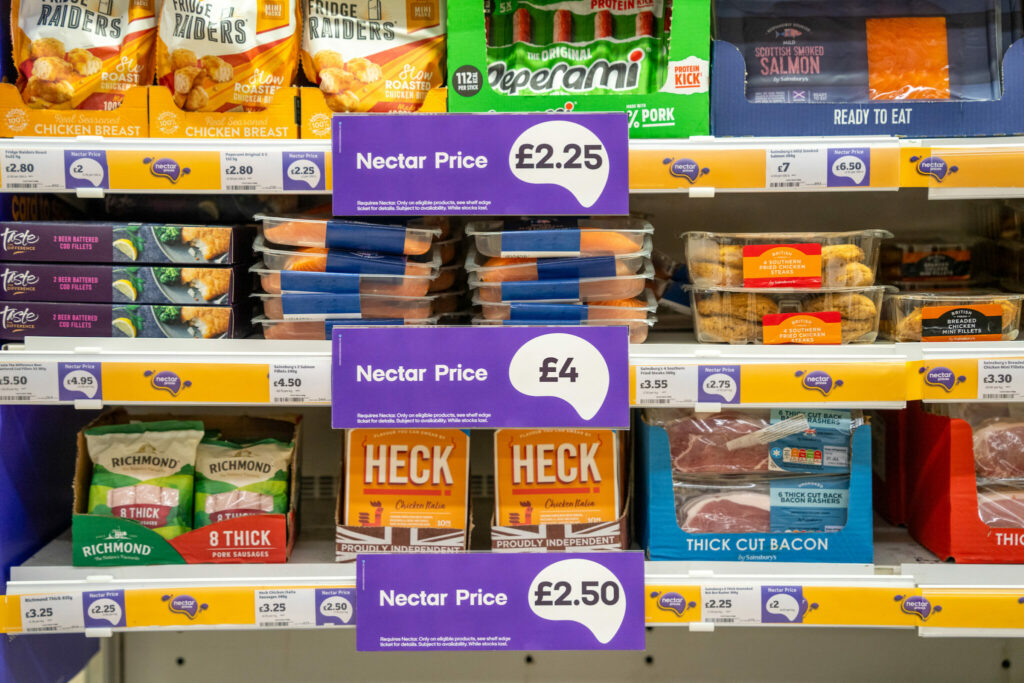
2. Value
Nectar Prices is one factor that has seen Sainsbury’s value perception rise during a year when shoppers’ budgets have been particularly squeezed.
Roberts says it has been “absolutely relentless” in resetting its prices over the last three years, and has invested £780m in keeping its prices low.
During 2023/24 alone, the grocer invested £220m in lowering the prices of the products bought by shoppers most often.
As well as launching Nectar Prices, it doubled its number of items price matched to Aldi in January, moved all of its entry price point products into the single brand Stamford Street, and introduced Low Everyday Prices, replacing its previous Price Lock.
As a result, Roberts says the supermarket’s value perception score is now the highest it’s been in six years and it was “the only full-choice supermarket gaining volume from limited choice competitors” such as Aldi and Lidl.
He says: “The success of Nectar Prices, our Aldi price match and our low everyday prices are giving us a winning platform on value to really offer customers the value consistently that they expect.”
 3. Product quality and innovation
3. Product quality and innovation
Sainsbury’s has invested in quality as well as value, with Roberts noting: “It’s the combination of both value and quality that’s really helping us win customers.”
He points out that the business’s premium Taste the Difference range is showing “consistent growth”.
Customers were choosing to treat themselves at Sainsbury’s, with sales across its premium tier up 12% year-on-year, making it significantly ahead of the market.
Roberts claims the supermarket’s Taste the Difference range is proportionately the biggest premium own-label brand of the full-choice grocers, appearing in more than one in four baskets during the year and more than one in three over Christmas.
The supermarket claims it’s gaining more volume from premium competitors than all of the other full-line supermarkets by “continuing to be bold and ambitious on innovation”.
Roberts says: “We’ve doubled the rate of innovation which means for any event in the year when people want to celebrate and they want quality and good food, more and more are returning to Sainsbury’s.”
 4. Range expansion in store
4. Range expansion in store
Sainsbury’s is also expanding its food offer in its stores.
As highlighted in its ‘Next Level Sainsbury’s’ strategy update in February, only 15% of its roughly 600 stores currently offer its full food range.
Over the next three years it plans to invest in around 180 of its highest potential stores to stock its full food range “in a really focussed way”.
Roberts explains: “We’re going to be repurposing some of our space from general merchandise and clothing into food, specifically into fresh food.”
He notes that shoppers are leading busier lives, with many now having returned to the office after the pandemic, and many are more keen than ever to do all of their grocery shopping in one place.
He says: “It’s led to customers asking themselves the question how do I go to one location and get everything I need?”
Click here to sign up to Retail Gazette‘s free daily email newsletter



